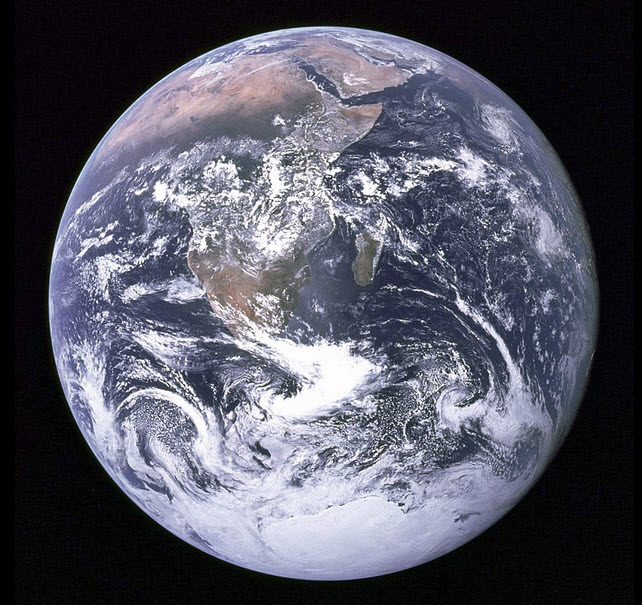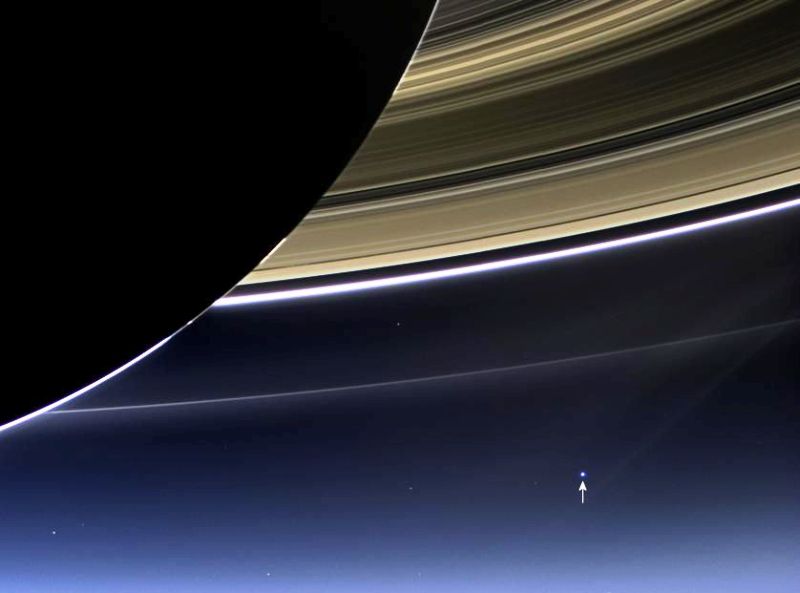File:Pale Blue Dot - The Book by Carl Sagan 2.jpg
Pale_Blue_Dot_-_The_Book_by_Carl_Sagan_2.jpg (330 × 143 pixels, file size: 17 KB, MIME type: image/jpeg)
································
Pale Blue Dot
“Fascinating . . . memorable . . . revealing . . . perhaps the best of Carl Sagan’s books”
- -- The Washington Post Book World (front page review)
Editorial Reviews
About the Author
* https://greenpolicy360.net/w/File:Carl_Sagan,_1985.PNG
Carl Sagan served as the David Duncan Professor of Astronomy and Space Sciences and Director of the Laboratory for Planetary Studies at Cornell University. He played a leading role in the Mariner, Viking, Voyager, and Galileo spacecraft expeditions, for which he received the NASA Medals for Exceptional Scientific Achievement and (twice) for Distinguished Public Service.
His Emmy- and Peabody–winning television series, Cosmos, became the most widely watched series in the history of American public television. The accompanying book, also called Cosmos, is one of the bestselling science books ever published in the English language. Dr. Sagan received the Pulitzer Prize, the Oersted Medal, and many other awards—including twenty honorary degrees from American colleges and universities—for his contributions to science, literature, education, and the preservation of the environment. In their posthumous award to Dr. Sagan of their highest honor, the National Science Foundation declared that his “research transformed planetary science . . . his gifts to mankind were infinite."
Dr. Sagan died on December 20, 1996.
Apollo 17 / NASA
Mariners had painstakingly mapped the coastlines of the continents. Geographers had translated these findings into charts and globes. Photographs of tiny patches of the Earth had been obtained first by balloons and aircraft, then by rockets in brief ballistic flight, and at last by orbiting spacecraft—giving a perspective like the one you achieve by positioning your eyeball about an inch above a large globe. While almost everyone is taught that the Earth is a sphere with all of us somehow glued to it by gravity, the reality of our circumstance did not really begin to sink in until the famous frame-filling Apollo photograph of the whole Earth—the one taken by the Apollo 17 astronauts on the last journey of humans to the Moon.
It has become a kind of icon of our age. There’s Antarctica at what Americans and Europeans so readily regard as the bottom, and then all of Africa stretching up above it: You can see Ethiopia, Tanzania, and Kenya, where the earliest humans lived. At top right are Saudi Arabia and what Europeans call the Near East. Just barely peeking out at the top is the Mediterranean Sea, around which so much of our global civilization emerged. You can make out the blue of the ocean, the yellow-red of the Sahara and the Arabian desert, the brown-green of forest and grassland.
And yet there is no sign of humans in this picture, not our reworking of the Earth’s surface, not our machines, not ourselves: We are too small and our statecraft is too feeble to be seen by a spacecraft between the Earth and the Moon. From this vantage point, our obsession with nationalism is nowhere in evidence. The Apollo pictures of the whole Earth conveyed to multitudes something well known to astronomers: On the scale of worlds—to say nothing of stars or galaxies—humans are inconsequential, a thin film of life on an obscure and solitary lump of rock and metal.
It seemed to me that another picture of the Earth, this one taken from a hundred thousand times farther away, might help in the continuing process of revealing to ourselves our true circumstance and condition. It had been well understood by the scientists and philosophers of classical antiquity that the Earth was a mere point in a vast encompassing Cosmos, but no one had ever seen it as such. Here was our first chance (and perhaps also our last for decades to come).
Pale Blue Dot (2013)
Earth between the rings of Saturn...
Image taken July 19, 2013 with a wide-angle camera on the NASA/ESA Cassini spacecraft capturing Saturn's rings and our planet Earth and Moon
* https://science.nasa.gov/mission/cassini/about-the-mission/
"Our posturings, our imagined self-importance,
the delusion that we may have some privileged position,
are challenged by this point of pale light.
Our planet is a lonely speck in the great enveloping cosmic dark ....
There is no hint that help will come from elsewhere to save us from ourselves.
This distant image of our tiny world...
underscores our responsibility to deal more kindly with one another,
and to preserve and cherish the pale blue dot, the only home we've got."
--Carl Sagan
🌎
File history
Click on a date/time to view the file as it appeared at that time.
| Date/Time | Thumbnail | Dimensions | User | Comment | |
|---|---|---|---|---|---|
| current | 15:40, 9 June 2022 |  | 330 × 143 (17 KB) | Siterunner (talk | contribs) |
You cannot overwrite this file.
File usage
The following 3 pages use this file:
- Green Graphics
- Media
- Planet Citizen
- Planetary Science
- Planet Citizens, Planet Scientists
- Anthropocene
- Atmospheric Science
- Biosphere
- Climate Change
- Democratization of Space
- Digital Citizen
- Earth
- Earth360
- EarthPOV
- Earth Imaging
- Earth Observations
- Earth Science
- Eco-Spirituality
- Ecology Studies
- Environmental Protection
- Environmental Security
- Envirosecurity
- EOS eco Operating System
- ESA
- Externalities
- Global Security
- Green Best Practices
- Green Politics
- Green Values
- NASA
- Nature
- Networking
- New Definitions of National Security
- New Space
- Orbital Perspective
- Overview Effect
- Planet API
- Planet Citizens
- Planet Scientist
- Space Science and Space Physics
- Strategic Demands
- Sustainability
- ThinBlueLayer
- Whole Earth



